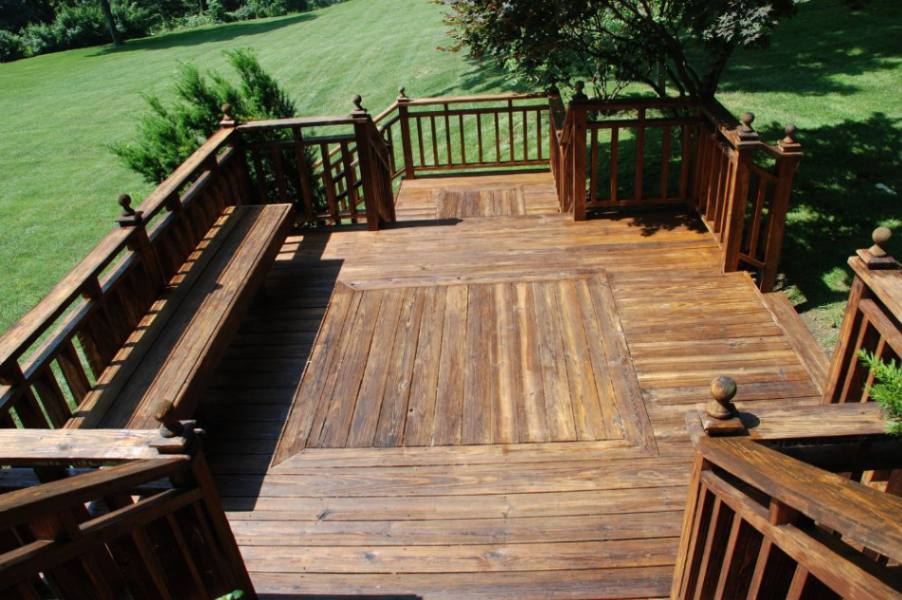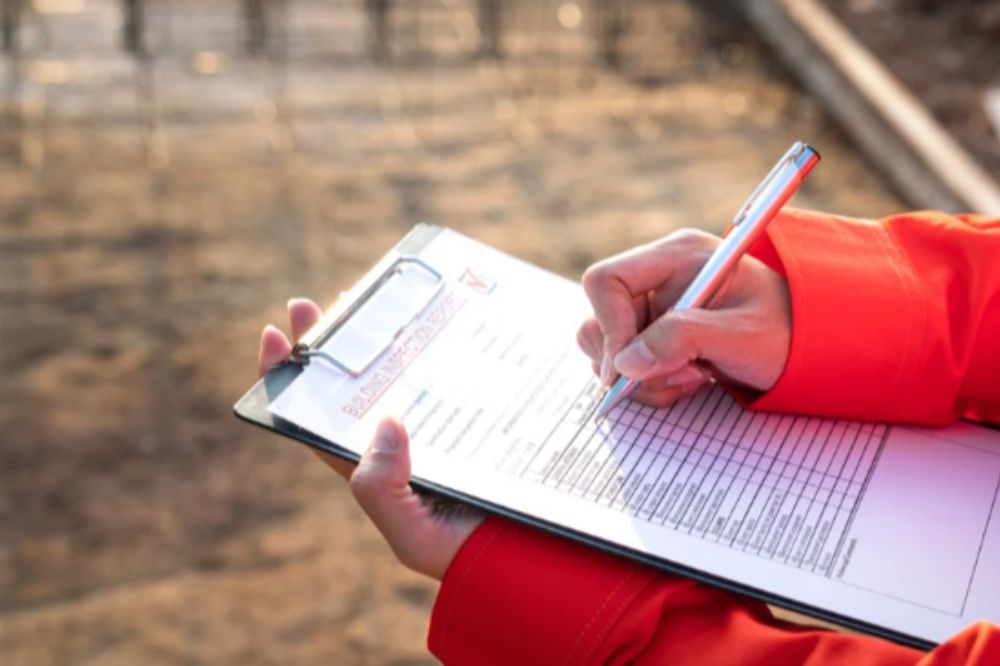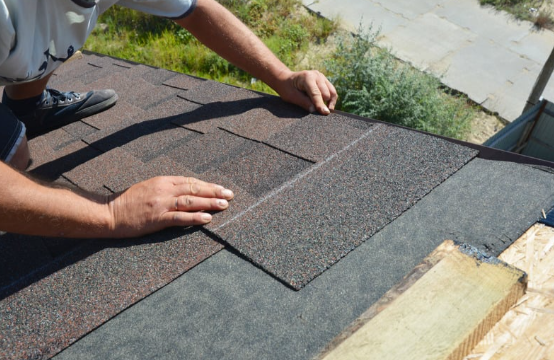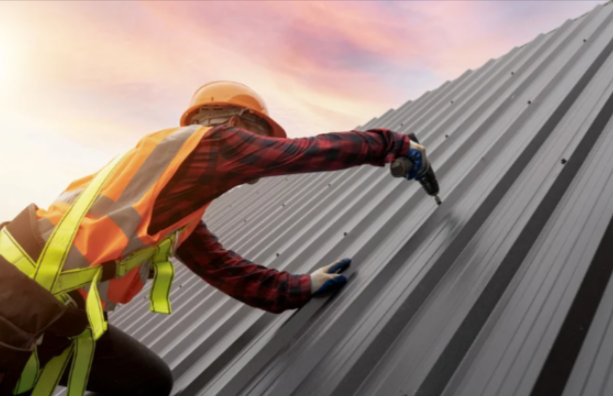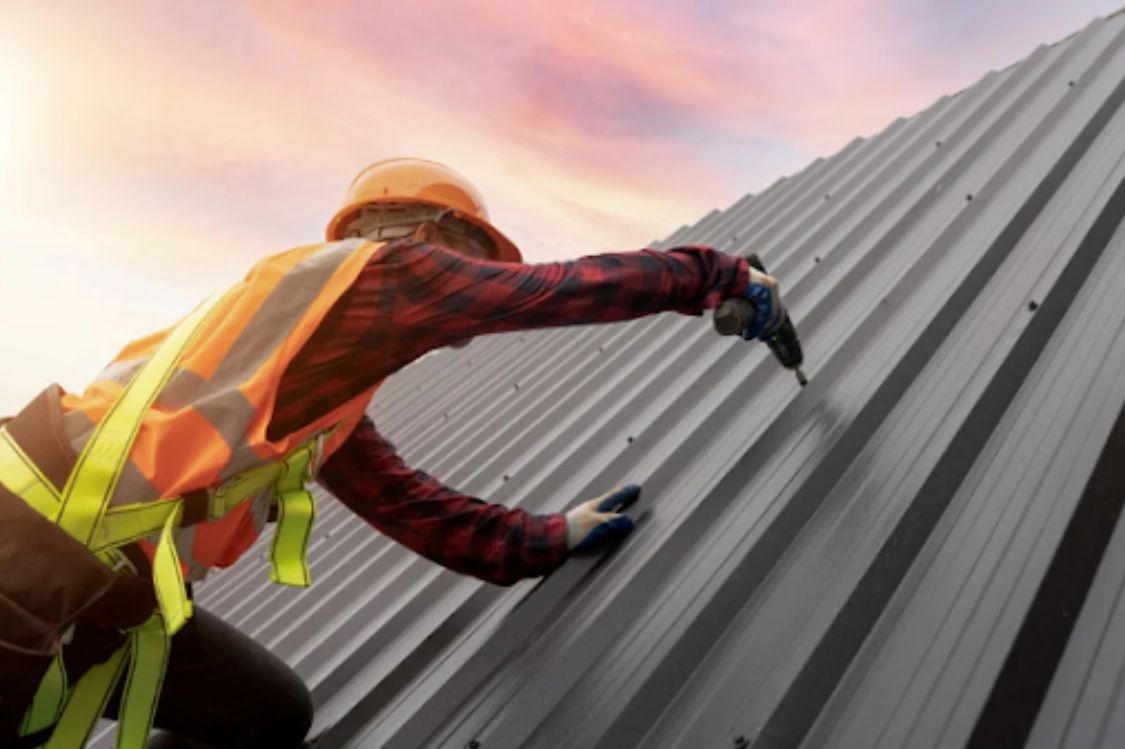Flat roofs have become a popular architectural choice, offering a sleek and modern aesthetic. However, they come with unique challenges, particularly in terms of maintenance and repairs. Whether you are dealing with a minor issue or significant damage, finding local flat roof repair services near you is crucial to keeping your property safe and dry.
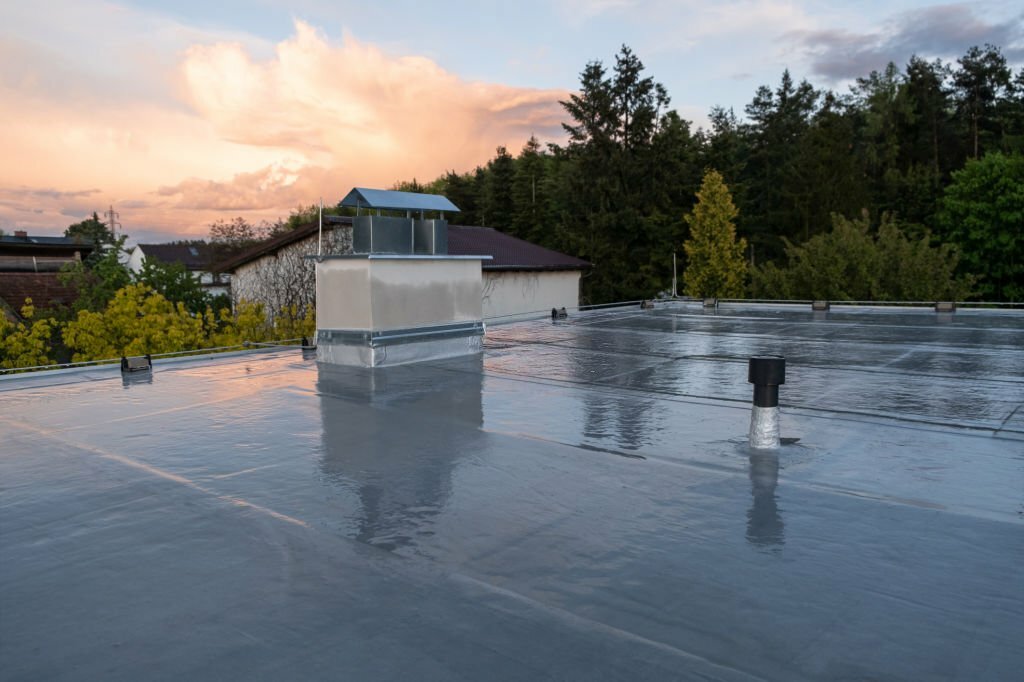
Types of Flat Roofing Systems
Flat roofing materials vary and include:
1. Built-Up Roofing (BUR)
BUR consists of multiple layers of bitumen and reinforcing fabrics.
Known for its durability but requires periodic maintenance.
2. Single-Ply Membranes (EPDM, TPO, PVC)
EPDM, TPO, and PVC are popular single-ply membrane options.
They are lightweight, flexible, and resistant to UV radiation.
3. Modified Bitumen
Modified bitumen combines the qualities of BUR and single-ply membranes.
Offers good durability and flexibility.
4. Other Options (Metal, Green Roofs, etc.)
Some flat roofs use unconventional materials like metal or are designed as green roofs with vegetation.
Each material has its unique characteristics and repair requirements.
Common Flat Roof Issues
Flat roofs are susceptible to several common problems:
1. Leaks and Water Intrusion
Leaks can be caused by punctures, deteriorated seams, or damaged flashing.
Visible signs include water stains or dampness on ceilings.
2. Ponding Water
Ponding water occurs when water accumulates and doesn’t drain properly.
It can lead to roof deterioration and leaks over time.
3. Blistering and Cracking
Over time, flat roof materials can blister and crack due to exposure to the elements.
These issues compromise the roof’s integrity and can lead to further damage.
4. Membrane Damage
Single-ply membranes like EPDM or TPO can be damaged by UV exposure, hail, or debris.
These damages can be repaired or may require membrane replacement.
Inspection and Assessment
Before initiating repairs, conduct a thorough roof inspection:
- Inspect the entire roof for visible damage and wear.
- Identify problem areas, noting the extent of the damage.
- Take safety precautions when working on the roof, such as using appropriate gear and having someone assist you.
Cleaning and Preparation
Cleaning the roof surface is essential:
- Remove debris and clean the roof thoroughly.
- Ensure that no contaminants interfere with the repair process.
- A clean surface enhances the adhesion of repair materials.
Repairing Flat Roofs
Repairing flat roofs requires a systematic approach:
1. Repairing Leaks and Tears
Patch punctures and seal seams with appropriate materials.
Ensure proper adhesion and watertight seals.
2. Addressing Ponding Water
Consider re-sloping the roof or installing drainage solutions to prevent water accumulation.
Proper drainage is crucial to prevent long-term damage.
3. Fixing Blistering and Cracking
Repair blistered or cracked areas by removing damaged material and applying suitable patching materials.
Ensure the surface is smooth and uniform.
4. Handling Membrane Damage
For damaged single-ply membranes, apply repair materials or consider membrane replacement.
Ensure the repaired area is seamless and well-adhered.
Roof Replacement Considerations
Sometimes, repair may not be sufficient:
- When extensive damage or wear is present, roof replacement may be necessary.
- Consider factors like the age of the roof, cost-effectiveness, and long-term benefits.
Finding Flat Roof Repair Near Me
Locating local flat roof repair services is crucial:
- Use online search engines and directories, including keywords like “flat roof repair near me.”
- Read reviews and testimonials to gauge the reputation and quality of potential contractors.
- Seek recommendations from friends, family, or colleagues who have experience with flat roof repairs.
- Request quotes from multiple contractors and compare prices and services.
DIY vs. Professional Flat Roof Repair
Consider the pros and cons of DIY vs. professional repair:
- DIY repairs may be cost-effective for minor issues but may lack expertise and safety measures.
- Professional contractors have the necessary skills, experience, and tools for complex repairs.
Maintenance and Preventive Measures
Maintaining your flat roof can extend its lifespan:
- Clean the roof regularly to remove debris and prevent blockages.
- Schedule annual inspections to detect issues early.
- Implement preventive measures like installing proper drainage systems.
Conclusion
In conclusion, timely flat roof repair is essential to protect your property from water damage and ensure its longevity. When seeking “flat roof repair near me,” make an informed choice by understanding your roof’s materials and the nature of the damage. Whether you opt for repairs or replacement, prioritize the quality and reliability of the service to secure a watertight and secure flat roof for years to come.

